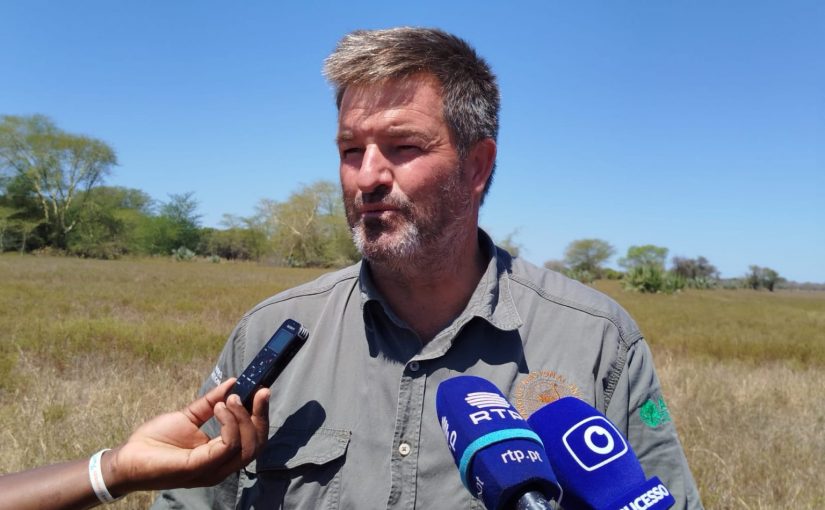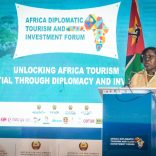Mozambique: PM opens Africa Diplomatic Tourism and Investment Forum
Mozambique: Reintroduction of wildlife crucial for ecotourism

Photo: AIM
The Peace Parks Foundation (PPF), a South African conservation organization, believes that the reintroduction of wildlife into Banhine National Park, in the southern Mozambican province of Gaza, is crucial for biodiversity conservation and promotion of ecotourism.
Recently, the organization announced the reintroduction of 400 animals of various species in the park, which was described as “a historic operation that marks the beginning of a plan to restore local ecosystems”.
By next year, the park is expected to receive approximately 1,100 animals from other conservation areas.
According to Donald Sutton, PPF’s Operations and Development Manager in Banhine, interviewed by AIM, the future of conservation depends on the integration of biodiversity, tourism, and community development.
“The introduction of 400 animals is a historic milestone for wildlife restoration in Banhine. The initiative repositions Banhine in the ecological corridor between the Kruger, Limpopo, and Zinave Parks, in the heart of the Greater Limpopo Transfrontier Conservation Area”, he said.
“When tourists thought of Banhine, they only thought of birds. Now, with the arrival of the animals, the park is once again a complete destination, with a unique landscape and expanding biodiversity”, he added.
Sutton believes that these animals symbolize the connection between conservation areas at different stages of ecological recovery. The PPF investment, budgeted at 350,000 US dollars, enabled the construction of security fences for the sanctuary, including the drilling of water wells, the payment of wages, and logistics.
“We employed approximately 40 local people to support the process. Conservation only makes sense when communities also benefit from it. The organization’s vision is aimed at increasing biodiversity, promoting tourism, and improving the living conditions of communities living in and around conservation areas”, he said.
According to Sutton, each reintroduced animal strengthens the ecosystem and creates economic opportunities for people, “and this park has the potential to become one of the largest nature tourism destinations in the Mozambican.”
With the return of wildlife, he said, the PPF is also committed to enhancing the cultural and economic value of local communities. “We want visitors to experience the local culture, taste traditional food, and interact with the communities. Conservation must go hand in hand with human development”, he said.
“The more tourists we bring, the more revenue there will be for the parks and more income for the communities. Last year, 20% of the revenue generated by some conservation areas was distributed locally, benefiting hundreds of families”, he said.
He also explained that the foundation’s work extends across an additional nine million hectares, connecting the Kruger Park (South Africa), Limpopo, Banhine, and Zinave Park (all in Mozambique), in an ecosystem shared with Zimbabwe under the Greater Limpopo Transfrontier Conservation Area.













Leave a Reply
Be the First to Comment!
You must be logged in to post a comment.
You must be logged in to post a comment.